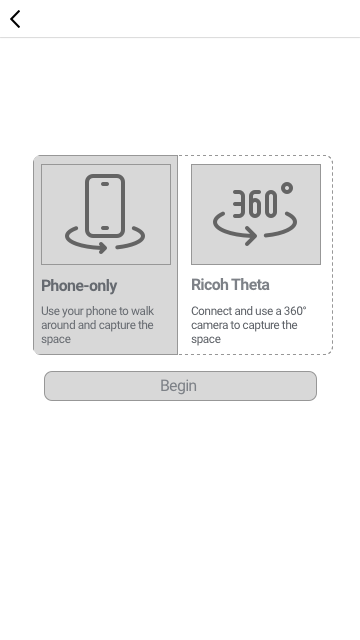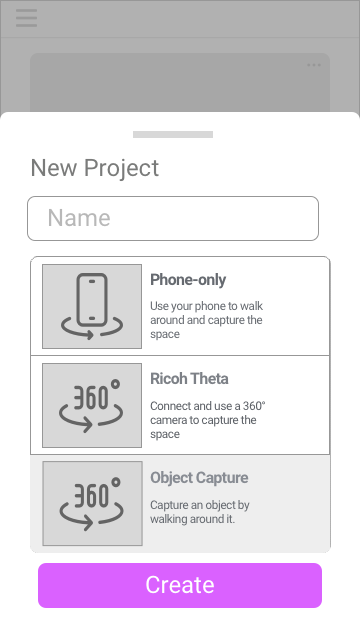One app, one deploy
VectorPipe is a unified SvelteKit+tRPC app born from the Twirrl GraphQL stack. No more juggling Render + Vercel deployments.
VectorPipe
GraphQL360 begat Twirrl; Twirrl is morphing into VectorPipe—a rapid-to-market way to upload anything and push it into vector stores without bespoke glue.
VectorPipe is a unified SvelteKit+tRPC app born from the Twirrl GraphQL stack. No more juggling Render + Vercel deployments.
Projects own their ingestion pipelines—upload PDFs, podcasts, YouTube channels, or web archives and send them through Pinecone/Chroma embeddings.
Users bring their own OpenAI/Pinecone keys. Docs land in S3 during beta, with a “fair use” note so experiments stay cheap.
UI lineage
The UI mocks below evolved from capture workflows into ingestion pipelines. Same philosophy: keep the work visible, one project at a time.




Build log
May 2024 voice memos set the tone: consolidate deployments, drop GraphQL baggage, and expose the ingestion pipeline as fast as possible.
Clients keep asking for repeatable ingestion + retrieval setups. VectorPipe packages the lessons from Lighten, Zolidar, and Twirrl so every LLM residency starts with working plumbing.
Back to lab timeline